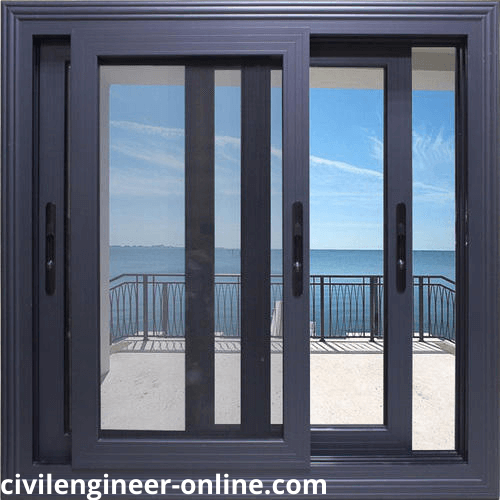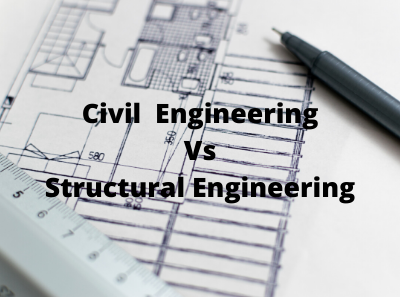Shear keys are built and installed in specific structures to provide protection to lateral loads such as earthquake loads and slipping forces in various structures such as bridges, retaining walls, residential buildings basement, prefabricated buildings and culverts, kinetic masonry walls and steel columns.
The shear key may be constructed from concrete as in prefabricated constructions, residential building basement, or made from steel as in the case of steel column base plate, and often steel reinforcement is used to play shear key function between basement wall and feet, for example in bridges, they can perform sacrificial roles in structure or prevent movement of various components of the structure as in precast structures. In summary, shear keys have the function of enhancing structural stability.
Shear Key in Various Structures
Various forms of systems allow shear keys to be added to withstand other factors, such as shear forces, lateral forces, and ground strain. The shear main function and location are explored in various systems and described below:
Bridge Structure: Shear keys are mounted in the abutments of a small to medium-sized bridge framework to provide lateral transverse protection under lateral loads to the superstructure. Shear keys in a bridge system play a significant part in seismic load resistance.
Shear keys would act as a sacrificial structural feature during a powerful earthquake to avoid the transfer of massive seismic forces to the piles on the abutment. For bridge construction, there are two styles of shear keys: the outer and the inner shear keys. The former has the demerit of being quick to test and patch.
Connections of Precast Concrete Elements: For prefabricated constructions, shear keys are used to link two different prefabricated components and improve the shear resistivity of the linked surfaces.
Masonry Wall: While production in seismic areas, masonry blocks are fitted with shear keys to withstand the forces out of plane between neighboring blocks while earthquakes.
Footing-basement Wall: At the joint between footing and basement wall there are shear keys given. As part of the wall extending into the keyway or groove developed in the footing, the shear key is placed. In Figure, various types of shear keys are seen at the joint between the footing and basement wall.
Often it offers vertical reinforcement bars or a mixture of shear key and bars as seen in Fig. Often an upturned shear ring, set as part of the foundation, is used in residential work but typically not. Reinforcement bars are designed to withstand bending, but bars meeting the bending criterion can withstand shaving, which is why bars can be used as a substitute for the shear key
Steel Column Base and Footing Joint: For example, a special shear key, an I-stub block, or a T-section or steel pad welded into the base plate rim, is used to withstand shear force at the base of the column.
Retaining Walls: At the base of retaining walls, shear keys are given to improve the resistance to slipping. Practically, positioning the shear key under the stem of the retaining wall is useful as it simplifies the location of the reinforcement, which can be inserted straight from the base into the core.
The shear key should be proportioned in such a way that its breadth is at least twice its depth to increase the power of the shear key in lieu of flexural. The shear key is built 0.91 m from the footing feet, along with a distance and depth of 0.508 m and 0.381 m.






